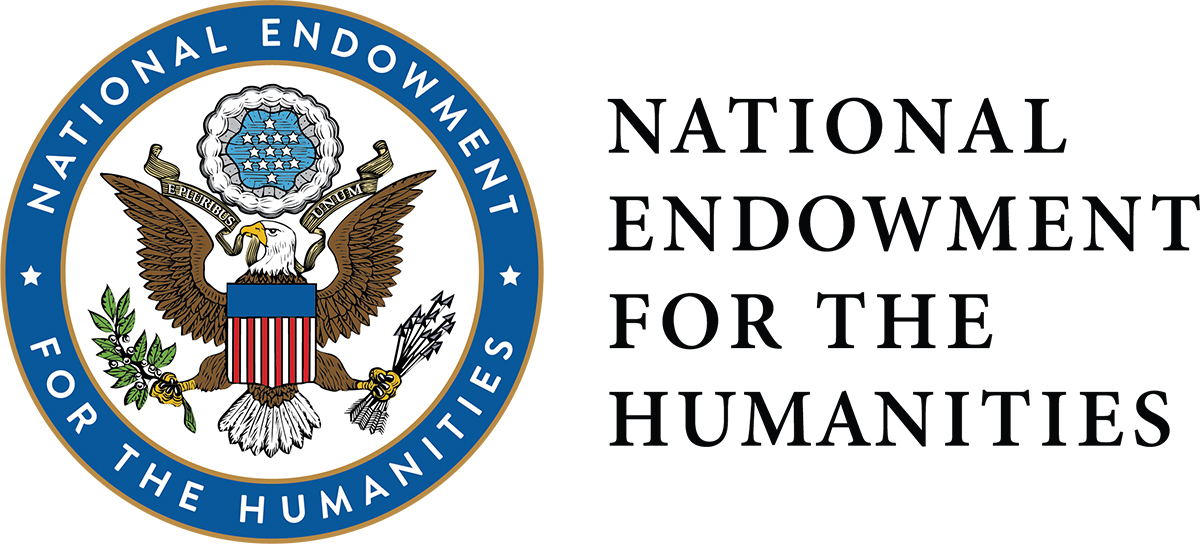FUNDING CUTS IMPACT CT HUMANITIES: Help CT Humanities navigate recent funding cuts and continue our vital work across Connecticut. All donations made to CTH will be matched dollar-for-dollar up to $50,000. Donate today!
Now Viewing:
World War I
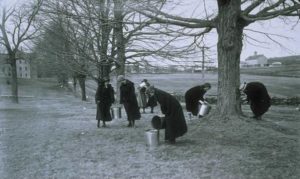
A New Source of Farm Labor Crops Up in Wartime
During times of war, in Connecticut, as in many other states, women became an increasingly important resource in food production.
Read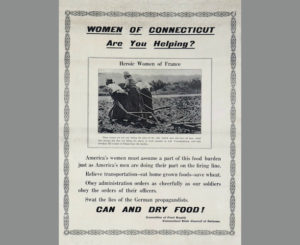
Food Needed to Win the War Comes from Washington
During World War I, the Town of Washington instituted a number of programs to increase food production and preservation to feed Allied armies and the European people,
Read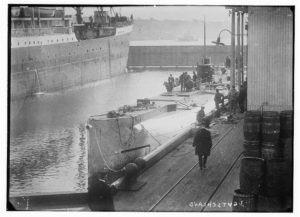
New London Harbors a German Submarine During World War I – Who Knew?
The German merchant submarine Deutschland made two trips to America, including one to New London, Connecticut, during World War I.
Read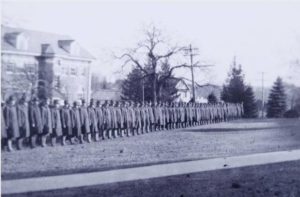
Connecticut Residents Did Not Let Veterans Day “Go Commercial.”
Despite passage of the federal Uniform Holiday Bill in 1968, Connecticut residents were largely reluctant to move Veterans Day observances from November 11.
Read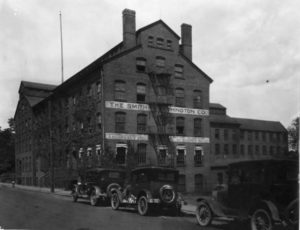
Saddles Fit For a Shah
Since 1794, Hartford-based Smith-Worthington Saddlery has made tack for horses—along with the occasional ostrich harness and space suit prototype.
Read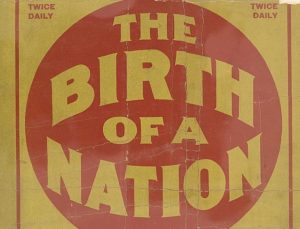
Hartford’s Challenge to “The Birth of a Nation”
D. W. Griffith’s silent movie, the racially charged “Birth of a Nation,” initially played to large audiences in Hartford before meeting with official resistance after World War I.
Read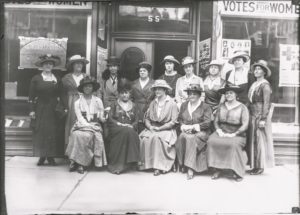
Rosamond Danielson: Windham County Suffragist and Community Leader
Rosamond Danielson was a respected suffragist, World War I worker, and philanthropist from Putnam Heights.
Read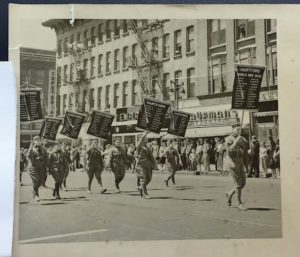
Hartford’s Commemoration of World War I Servicemen and Women
At the end of the First World War, Hartford found a variety of ways to honor the sacrifices of its servicemen and women.
Read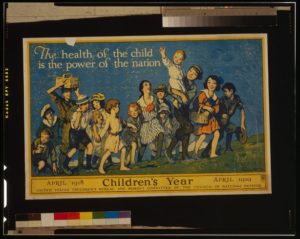
Helen F. Boyd Leads the Charge for Better Public Health
A long-time Connecticut resident, Helen F. Boyd Powers was a national advocate for greater public access to nursing and healthcare education.
Read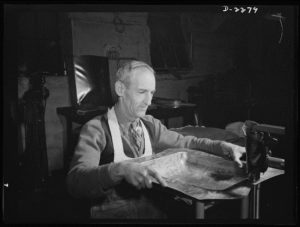
Early 20th-Century Immigration in Connecticut
Connecticut played host to new, vast populations of Italian, Polish, and French Canadian immigrants who helped reinvent the state’s cultural identity.
Read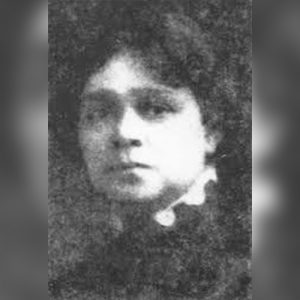
Mary Townsend Seymour: Hartford’s Organizer, Activist, and Suffragist
Mary Townsend Seymour was a leading organizer, civil rights activist, suffragist, and so much more in Hartford during the early 20th century.
Read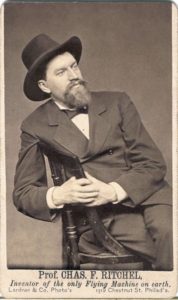
Charles Ritchel and the Dirigible
An entrepreneur’s design for a lighter-than-air vehicle takes flight in the late 1800s and inspires a new state industry.
Read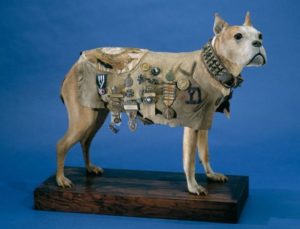
A True Dog of War: Sergeant Stubby
The stray dog “Stubby” quickly became the mascot of the 102nd Infantry during WWI, despite an official ban on pets in the camp.
Read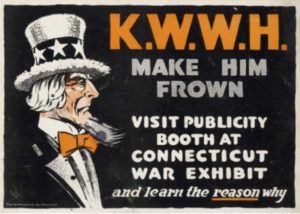
Winning the Great War without Some Books
In April 1918, Governor Holcomb designated English as the only language to be used in teaching and prohibited schools from employing “alien enemies.”
Read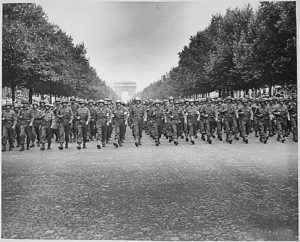
Connecticut Servicemen in the “Bloody Bucket” Division
Nicknamed the “Keystone Division,” the United States Army’s 28th Infantry Division came together in 1917 by combining units of the Pennsylvania National Guard.
Read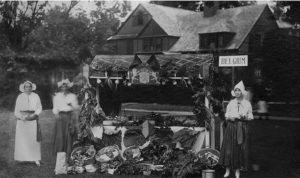
Washington’s Sister Susie Society
The Sister Susie Society in Washington, Connecticut, started out as a reading circle but became a fundraising and World War I relief organization.
Read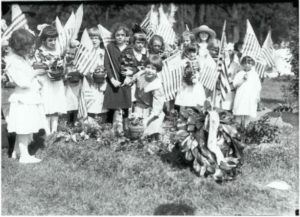
Memorial Day 1920 Brings a Changing of the Guard
In 1920, veterans groups played an active role in orchestrating Memorial Day observances in towns across Connecticut.
Read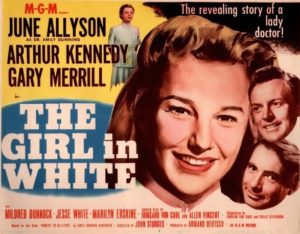
New Canaan’s Pioneering Female Physician
Dr. Emily Dunning Barringer was the first female ambulance surgeon in New York City and the first female physician to work as an intern in a New York City hospital.
Read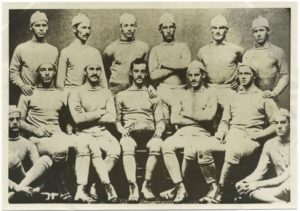
The “Father of American Football” is Born – Today in History: April 7
A native of New Britain, Walter Camp helped revolutionize the game of American football while a student and coach at Yale and for several years afterward.
Read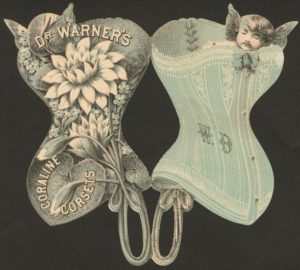
From Bombs to Bras: World War I Conservation Measures Transform the Lives of Women
A shortage of metal during World War I encouraged women’s clothing manufacturers (such as Bridgeport’s Warner Brothers Corset Company) to switch from producing corsets to brassieres.
Read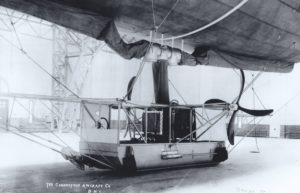
DN-1: The US Navy’s First Airship
The United States military’s experience with lighter-than-air technology began with the Connecticut Aircraft Company’s DN-1 airship built for the navy in 1917.
Read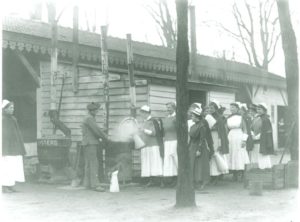
Ruth Hovey: Heroic Battlefield Nurse
A 28-year-old nurse from Hartford, Ruth Hovey served on the battlefields of World War I.
Read
Connecticut’s “Yankee Watch” Squadron Protects the Skies Here and Abroad
Based in Orange, Connecticut, the 103rd Air Control Squadron of the Air National Guard is one of the oldest of its kind.
Read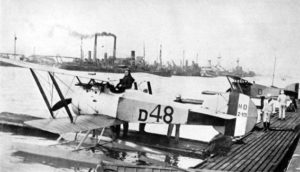
The First Yale Unit: How U.S. Navy Aviation Began
The legacy forged by the First Yale Unit lead to the creation of the Army Air Corps and military aviation as we know it.
Read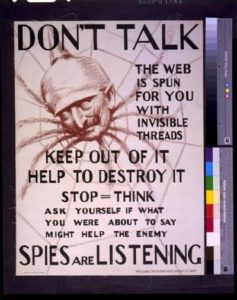
War and the Fear of Enemy Aliens – Who Knew?
…that Greenwich had a special police unit trained to handle suspected foreign agents operating in Connecticut.
Read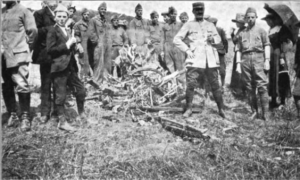
World War I Flying Ace Raoul Lufbery
Although his time as a Connecticut resident was short, this aviator left his mark on Wallingford and a generation fighter pilots.
Read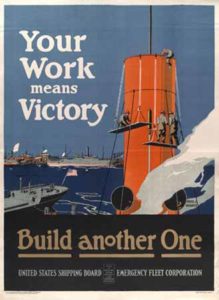
Freighter Worcester Launched – Today in History: April 5
On April 5, 1919, the freighter Worcester was launched in Groton in support of the war effort for the Emergency Fleet Corporation of the US Shipping Board.
Read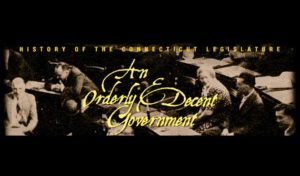
An Orderly & Decent Government: Significant Events & Developments, 1905-1929
Early 20th century life in Connecticut was marked by the election of 1912, US entry into World War I, and the Great Depression.
Read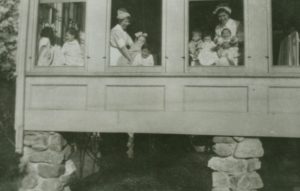
Health Department Fights Unseen Enemies During World War I
How Greenwich faced the menace of two highly contagious and potentially deadly diseases: polio and Spanish Influenza.
ReadMore Articles


